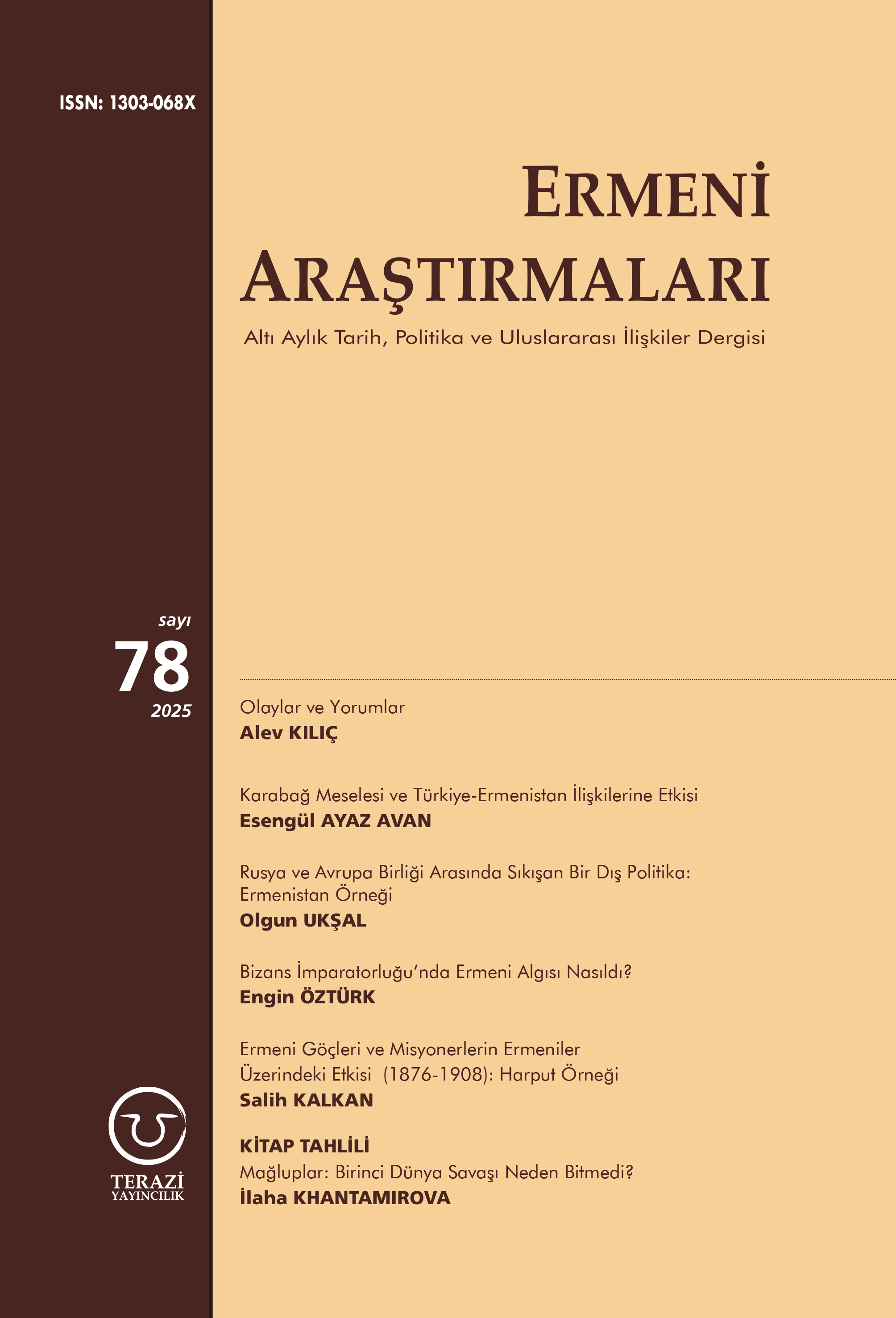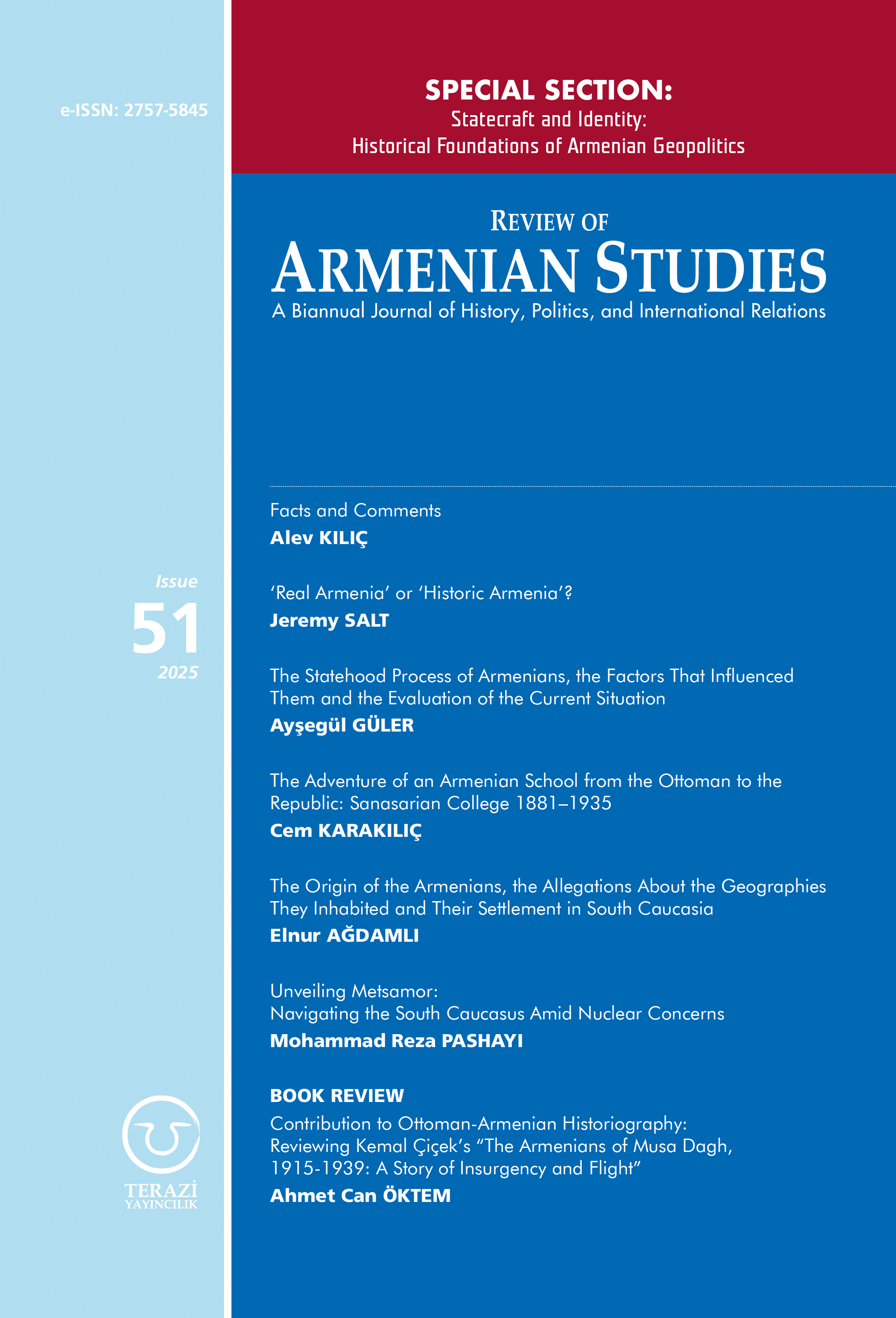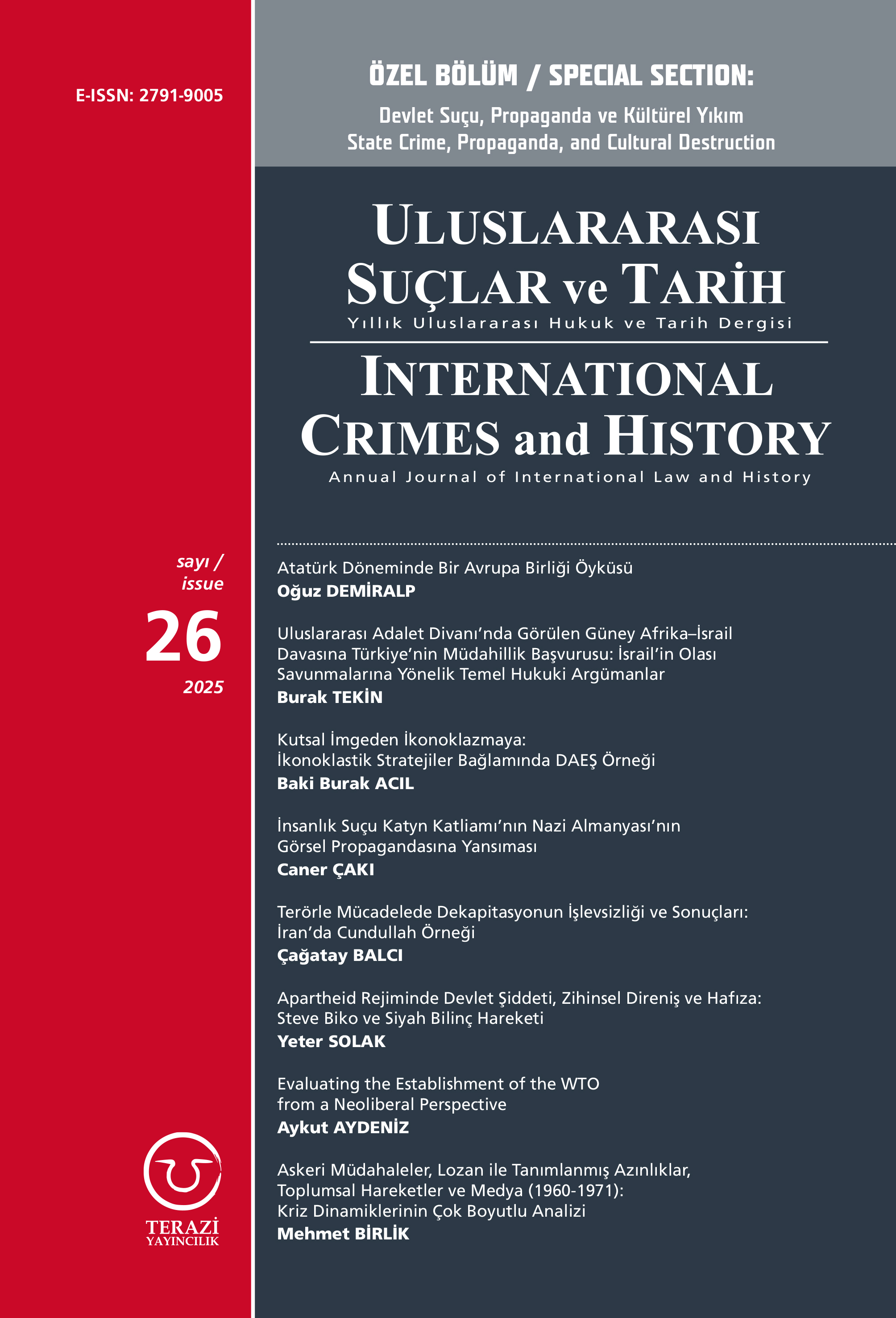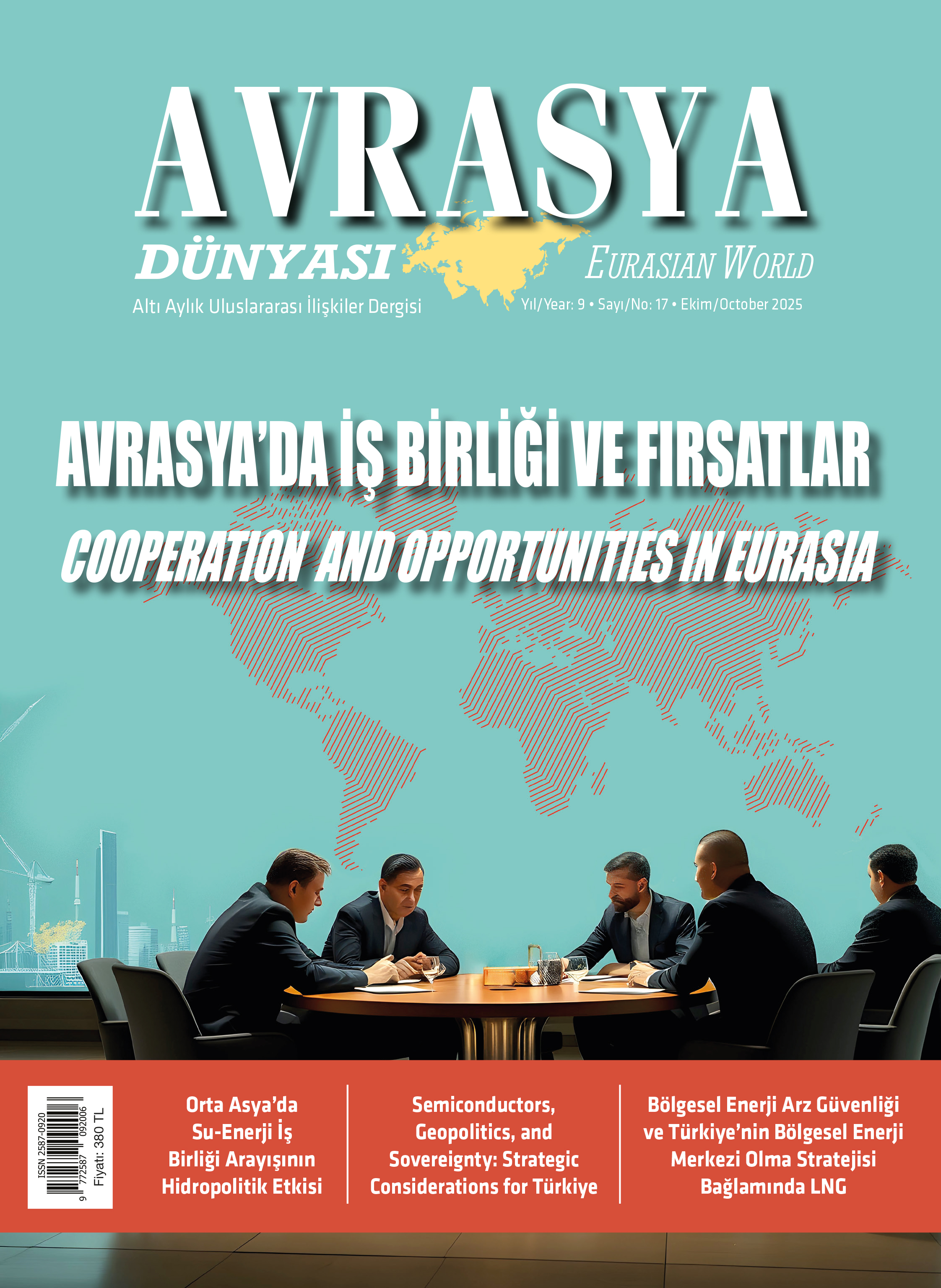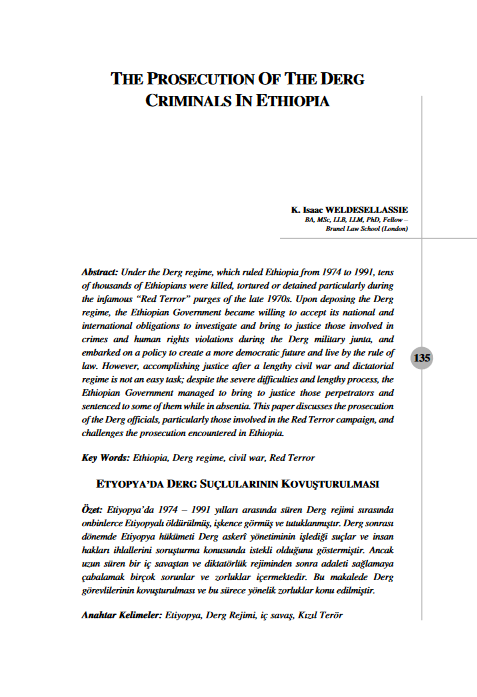
Author: Mevlut ÇELEBİ
Title: Greek Atrocities in Anatolia According to Italian Sources (1919-1922)
Publisher: Langen, Manzara Verlag
ISBN: 978-3-911130-01-1
Language: Turkish
Number of Pages: 286
Book Review by: Hazel ÇAĞAN ELBİR, AVİM Analyst
The book titled “Greek Atrocities in Anatolia According to Italian Sources (1919-1922)” and written by Mevlüt Çelebi will take its place as one of the most valuable studies on the subject. The book is prepared on the basis of very rich and original sources, the majority of which are Italian archival documents and the Italian newspapers of the period, and fills a very important gap in the literature on this subject.
The archival materials that form the backbone of the book were obtained from the Diplomatic History Archives of the Italian Ministry of Foreign Affairs (It. Archivio Storico del Ministero degli Affari Esteri) and the Historical Archives of the Italian Land Forces Staff (It. Archivio dell'Ufficio Storico dello Stato Maggiore dell'Esercito). In addition to these, publications from 14 different Italian newspapers of the period were examined in detail and presented to the readers. In addition to archival documents and newspaper reports, the book also includes drawings by some Italian artists depicting the Greek massacres.
Almost all of the documents and newspaper reports examined in the book have been brought to light for the first time in this study. It should be emphasized again that this book is an extremely important contribution in terms of both the history of the Turkish War of Independence and the history of Turkish-Greek and Turkish-Italian relations due to its originality and the new information it provides.
The book consists of four main chapters, in addition to an introduction and a conclusion. The first chapter is titled “Greek Massacres in the Occupation of Izmir,” the second chapter is titled “Other Greek Massacres in 1919,” the third chapter is titled “Greek Atrocities in 1920 and 1921,” and the fourth one is titled “Greek Atrocities in 1922.”
In the first chapter, author Mevlüt Çelebi describes the beginning of the occupation of Western Anatolia, which the Greek army launched by landing on İzmir in May 1919. The massacre of Turks, which was initiated by the Greek army in the very first hours of the occupation of İzmir and in which the local Greek population participated, is described in detail. This section of the book examines in detail the reports written by Italian diplomats, officers on Italian warships that anchored in the port of İzmir, Italian intelligence officers in İzmir, and members of the Italian press whose also wrote on the subject.
In his report on the subject, Giuseppe Fauda, an officer in charge of Italy’s intelligence office in İzmir, stated that the violent incidents started with the opening of fire by “agent provocateurs,” and immediately afterwards, “the Greeks responded violently with rifle fire and machine guns at the Turkish people and the barracks, while the Turks did not react… It is the general opinion that the Greeks provoked these bloody incidents in order to legitimize the acts of violence, looting, mass arrests and exiles that they still continue to carry out till today” (pp. 40-41).
The news in the Italian press emphasized that the Italians were not at fault for the atrocities that took place and that the responsible parties were Greece and other Entente states, primarily Britain. Italian journalist Francesco Bianco wrote an article titled “The Death of Izmir” for the newspaper La Tribuna, stating that “the Italian nation was not complicit in this savagery and provocation” (p.62). Later, Italian politician and journalist Ernesto Vassalo also came to the region and wrote detailed articles about the developments and massacres that took place, and described what happened after the Greek landing as the “Hunt of the Turks” (p.68-75).
This section also includes 6 paintings by the Italian painter Vittorio Pisani, whose mother was Greek, depicting the massacres committed by the Greek army. These paintings have the following titles, respectively:
I) The Attack of the Greek soldiers on the Turkish civilian population.
II) The Greek soldiers' attack on Turkish civilians in the Konak Square.
III) Plunder of a Turkish house.
IV) Greek savagery in a Turkish Village.
V) Turks who had to flee due to the Greek occupation.
VI) The Red Crescent's assistance to the refugees taking shelter in the mosque courtyard (pp.79-87).
In the second chapter, the author examines the massacres and migrations that took place outside of İzmir in 1919 after the Greek occupation. Similar to the situation in Izmir, large-scale massacres took place in Manisa, Aydin, Menemen and other regions. Undoubtedly, the aim behind these massacres and mass migrations was to reduce the population of Turks in the region. As a result of these massacres and oppressions, mass migrations took place both to the Mediterranean region, which was then under Italian occupation, and to other regions beyond the Greek occupation zone. The news of the massacres and ethnic cleansings carried out by the Greeks and their coverage in the foreign press embarrassed the Entente powers and despite the objections and foot-dragging of the British, they were the subject of various commissions of inquiry. In the reports prepared for these commissions, Italian and American representatives continued to write reports confirming and shedding light on the Greek atrocities.
The third chapter deals with the crimes against humanity that were committed by the Greek army and the local Greek population in 1920 and 1921. As a result of the expansion of the Greek occupation zone during this period, the atrocities committed by the Greeks covered almost the entire Western Anatolia, Southern and Eastern Marmara regions. Therefore, in addition to the Aegean region, the Turkish population in Bursa, Gemlik, Yalova and Izmit were now also targeted for massacre and ethnic cleansing. Italian Major Carossini, who was in Salihli, wrote in a report that “…it is understood that the Greek troops massacred women and children in the occupied villages and that many disfigured bodies remained unburied in the mountains” (p. 170).
The Greek army also continuously burned Turkish villages on its route whenever it carried out military advances or retreats. In a report written in September 1921 to the Italian Expeditionary Force Command in Söke, Italian officer Captain Salvatore Mauceri stated that “it was and still is the program of the Greek Commander in chief in Anatolia to destroy every settlement while retreating. This is confirmed by the [Greek] prisoners” (p. 191). Italian representatives prepared numerous reports on the massacres, sometimes through their own investigations and sometimes through interviews with those who managed to survive the massacres. Another important event that affected the Italians was the accounts of the atrocities by villagers who had to flee the occupied and burned areas. The terrified refugees, women and children, described how 15 villages were burned and destroyed, and how Greek soldiers laughed while children were burned alive. Following this terrible event, the Italian Ministry of Foreign Affairs sent a letter to the Italian representatives in Paris and London and tried to prevent the atrocities (pp. 195-196).
In the fourth chapter, which deals with the massacres of 1922, the author draws attention to the fact that the massacre and destruction that took place took on a different dimension, especially after the Battle of Sakarya, when the Greek army took a defensive position. Now, the primary goal for the Greeks was to create as much destruction as possible and reduce the population of the region in case they lost the war. Carlo Senni, the Italian Consul in Izmir, wrote in a report to Rome in March 1922, “Reliable witnesses reveal the systematic destruction and savage massacres carried out by Greek special forces in Turkish villages in the interior. Two weeks ago, the entire population of the village of Karatepe, including women and children, was locked in a mosque and set on fire” (p. 211).
One of the most important contributions of the book is the opinions and findings it presents on the "Izmir Fire" that took place during the liberation of Izmir from the Greek occupation in September 1922. The report written by the Italian Consul Senni on September 29, 1922 is clear enough to leave no room for doubt about those responsible for the fire: "The threat that the Greeks would set fire to Izmir before handing it over to the Turks became increasingly serious and definite. Large quantities of flammable materials were collected in the police stations and Greek churches. The destruction of the city thus appeared to be in response to a plan predetermined by the [Greek] authorities and the leaders of the Micro-Asia Defense Committee. By now, no one was remains unconvinced that the Armenians had directed themselves to an act of despair and hatred" (p. 250). Although American missionaries tried to divert attention and blame the Turks after the fire, Italian newspapers covered the incident in a multidimensional manner, drawing attention to the instigation of Greek agents in the events (pp. 251-54).
The conclusion section provides a general balance sheet of the massacres and destruction during the Greek occupation. One of the most interesting documents here is the table prepared by the Italians showing the material losses suffered by the Turks. The table indicates the names, hometowns and professions of approximately 80 Turks who suffered losses and the amount of their losses. The total losses suffered by these 80 individuals alone exceed 1 million lira (pp. 264-268). Undoubtedly, the number of those who suffered losses in the events was much higher than 80 people, but this document is still extremely important in terms of shedding light on the losses suffered in a very narrow area.
The book “Greek Atrocities in Anatolia According to Italian Sources (1919-1922)” written by Mevlüt Çelebi is an extremely important study due to the new information and documents it has uncovered and the fact that it has brought to light previously unknown sources regarding the history of the Turkish War of Independence and the massacres carried out by the Greeks in Anatolia. Çelebi’s book is a valuable contribution that can be used as a basic reference point for many years to come for studies on the history of the War of Independence, Turkish-Greek relations and Turkish-Italian relations.
-
25.01.2016
THE ARMENIAN QUESTION - BASIC KNOWLEDGE AND DOCUMENTATION -
12.06.2024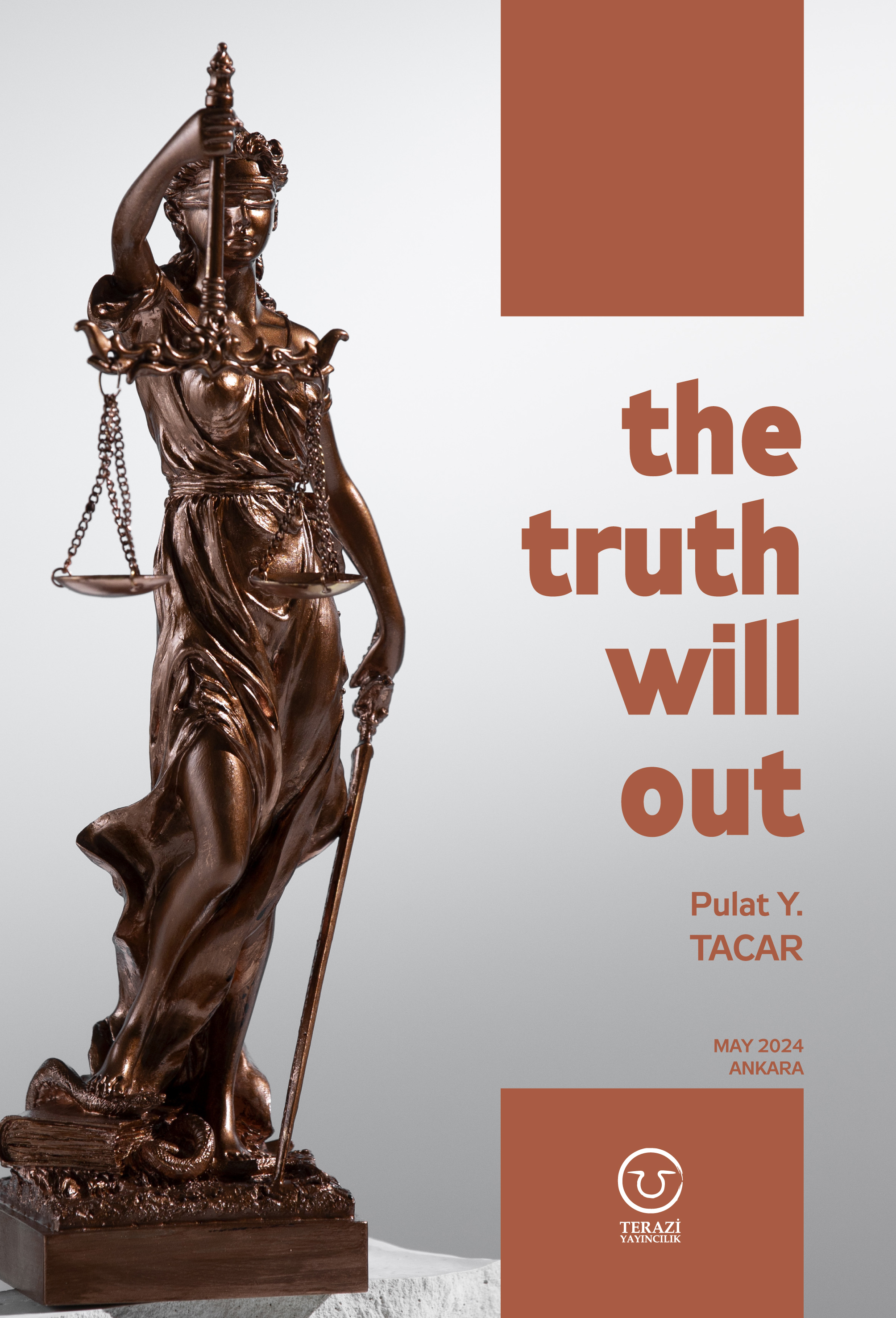
THE TRUTH WILL OUT -
27.03.2023
RADİKAL ERMENİ UNSURLARCA GERÇEKLEŞTİRİLEN MEZALİMLER VE VANDALİZM -
17.03.2023
PATRIOTISM PERVERTED -
23.02.2023
MEN ARE LIKE THAT -
03.02.2023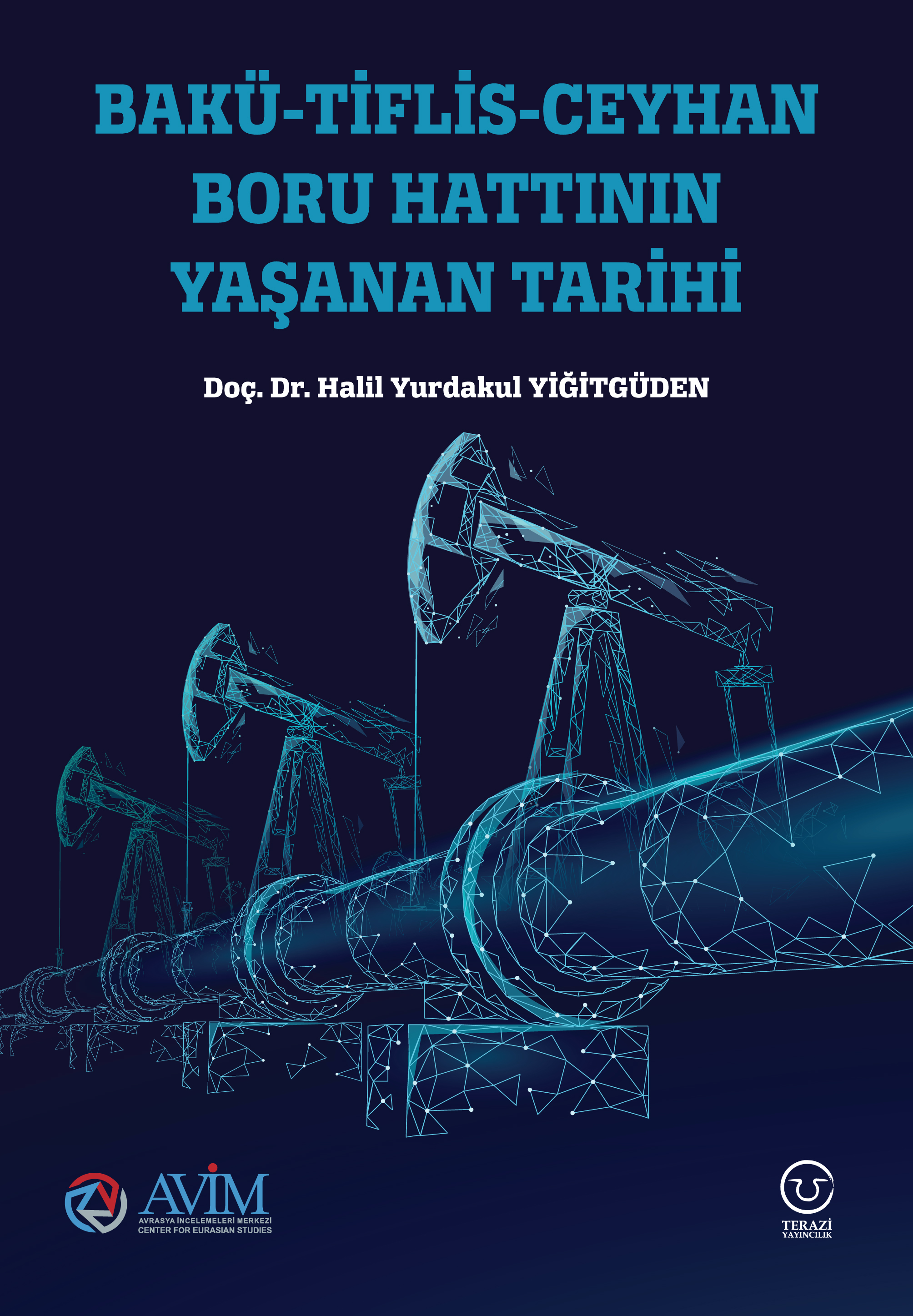
BAKÜ-TİFLİS-CEYHAN BORU HATTININ YAŞANAN TARİHİ -
16.12.2022
INTERNATIONAL SCHOLARS ON THE EVENTS OF 1915 -
07.12.2022
FAKE PHOTOS AND THE ARMENIAN PROPAGANDA -
07.12.2022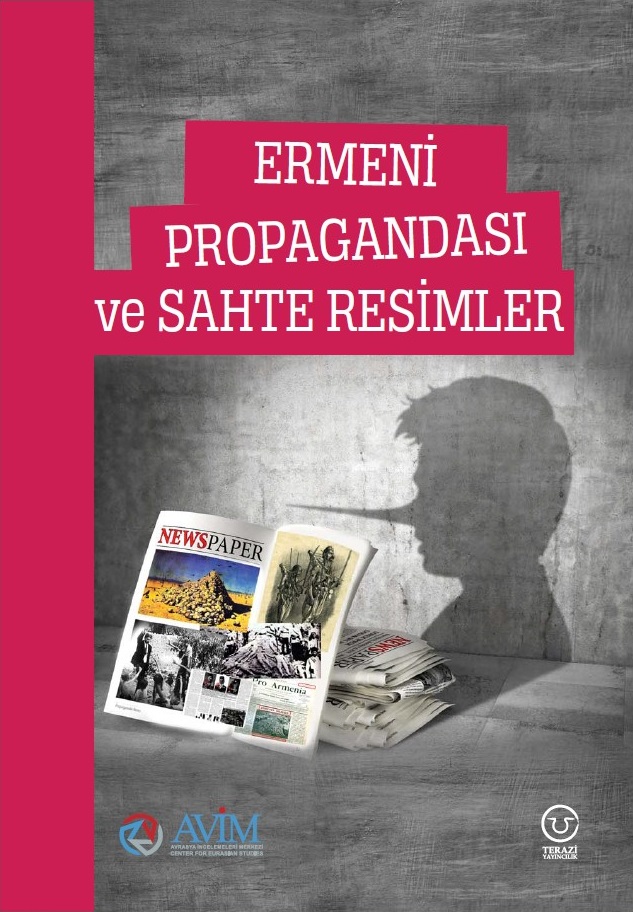
ERMENİ PROPAGANDASI VE SAHTE RESİMLER -
01.01.2022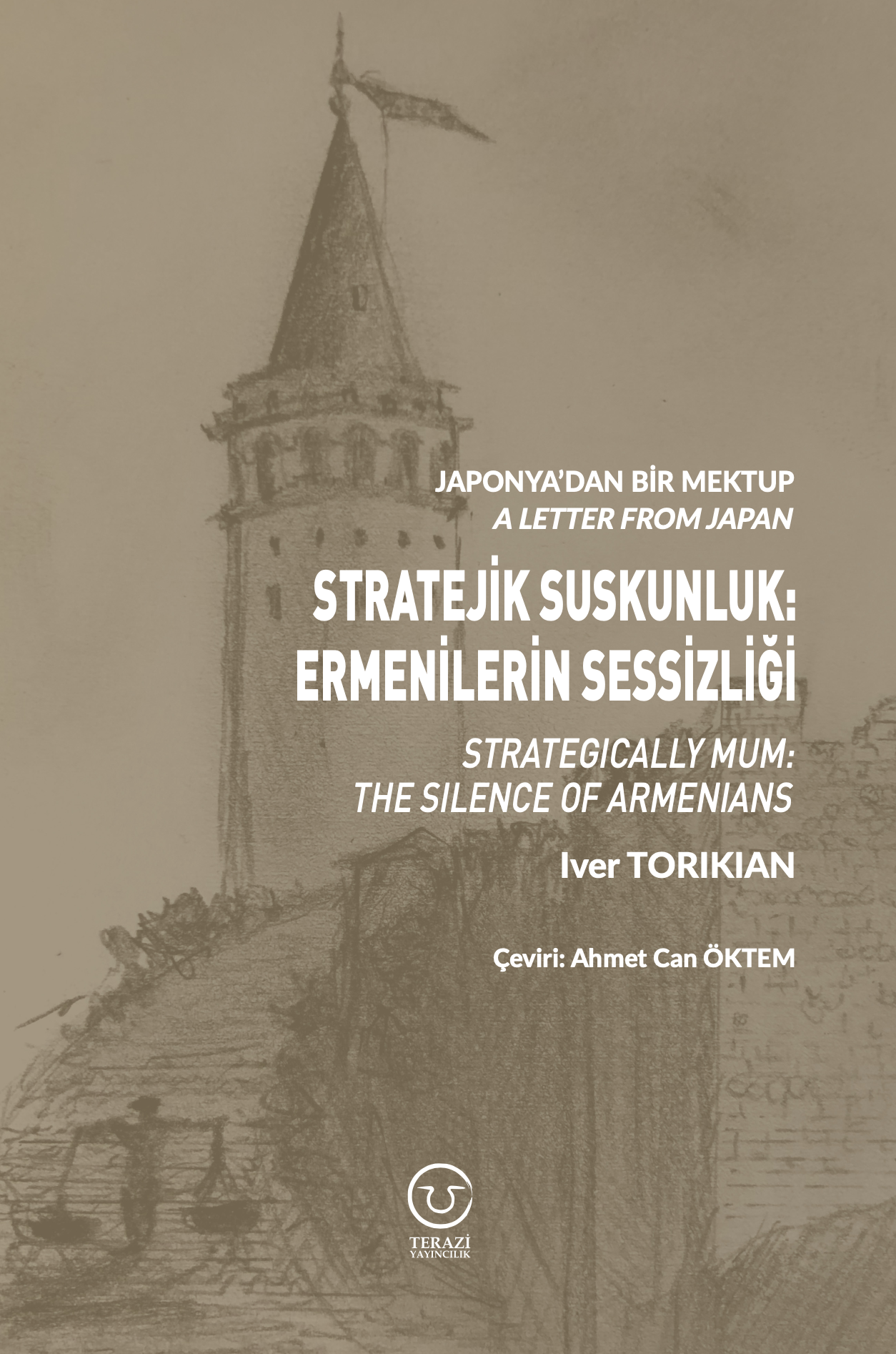
A Letter From Japan - Strategically Mum: The Silence of the Armenians -
01.01.2022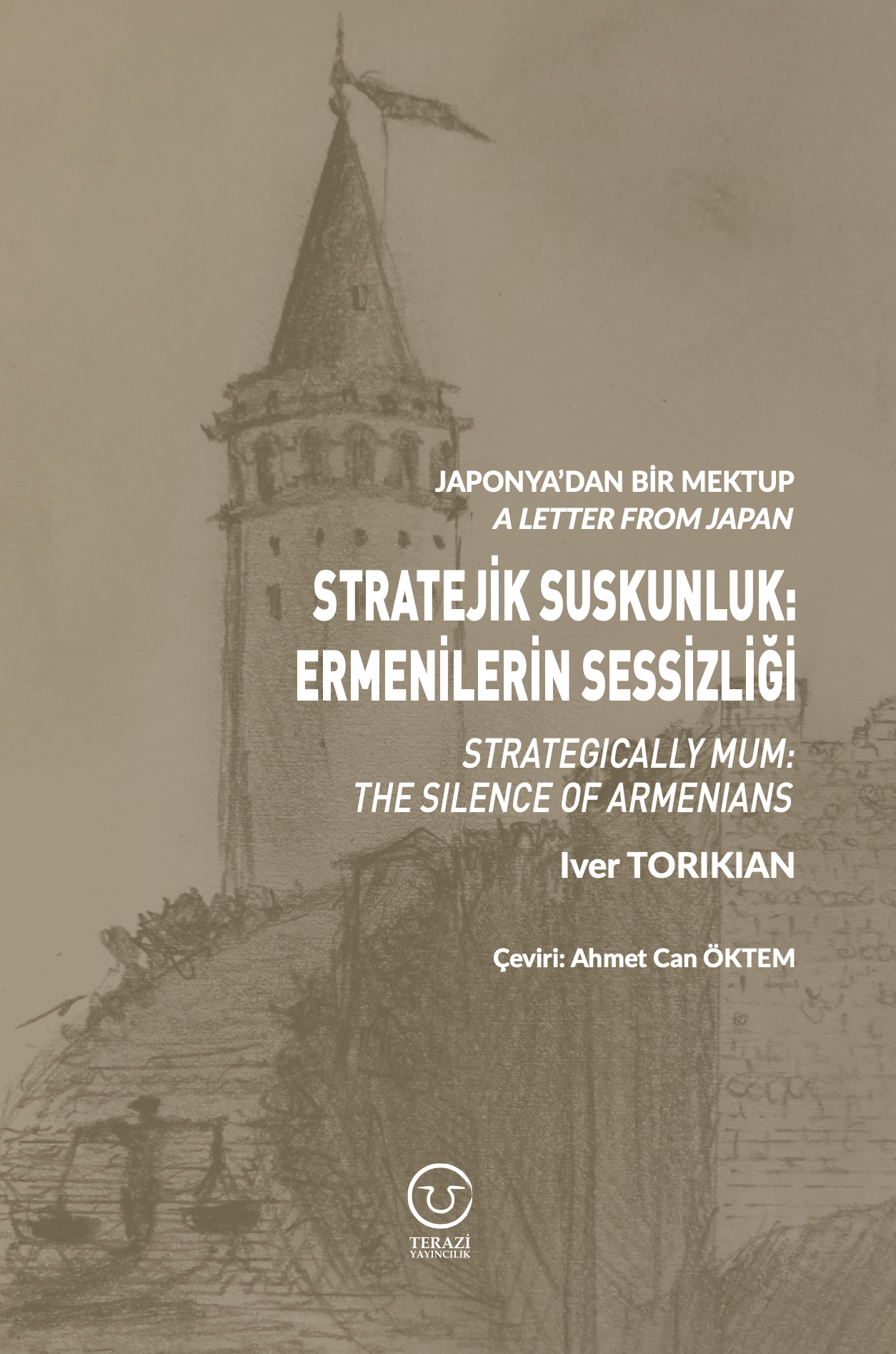
Japonya'dan Bir Mektup - Stratejik Suskunluk: Ermenilerin Sessizliği -
03.06.2020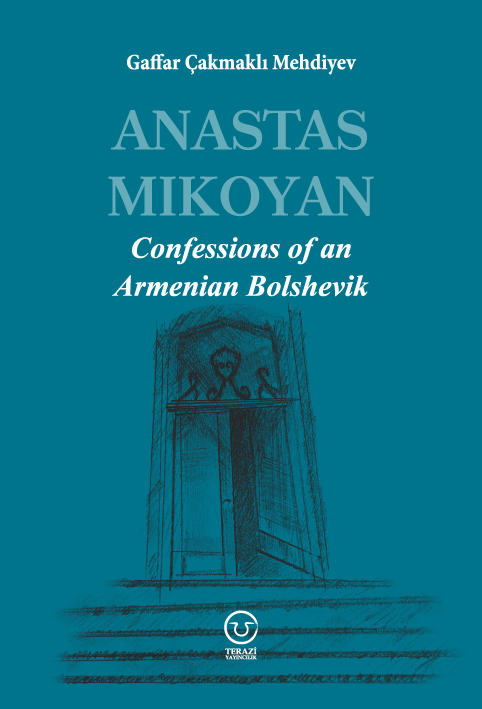
Anastas Mikoyan: Confessions of an Armenian Bolshevik -
08.04.2020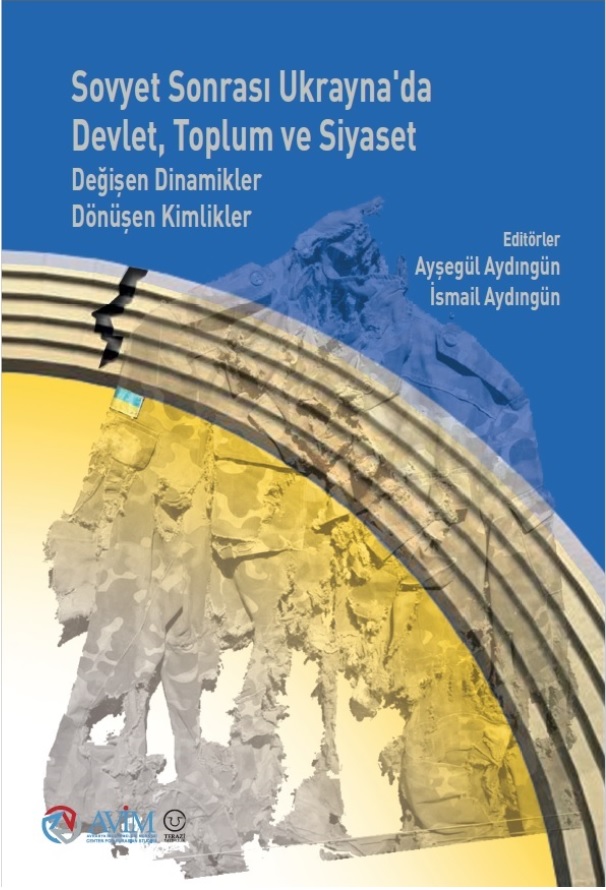
Sovyet Sonrası Ukrayna’da Devlet, Toplum ve Siyaset - Değişen Dinamikler, Dönüşen Kimlikler -
12.06.2018
Ermeni Sorunuyla İlgili İngiliz Belgeleri (1912-1923) - British Documents on Armenian Question (1912-1923) -
02.12.2016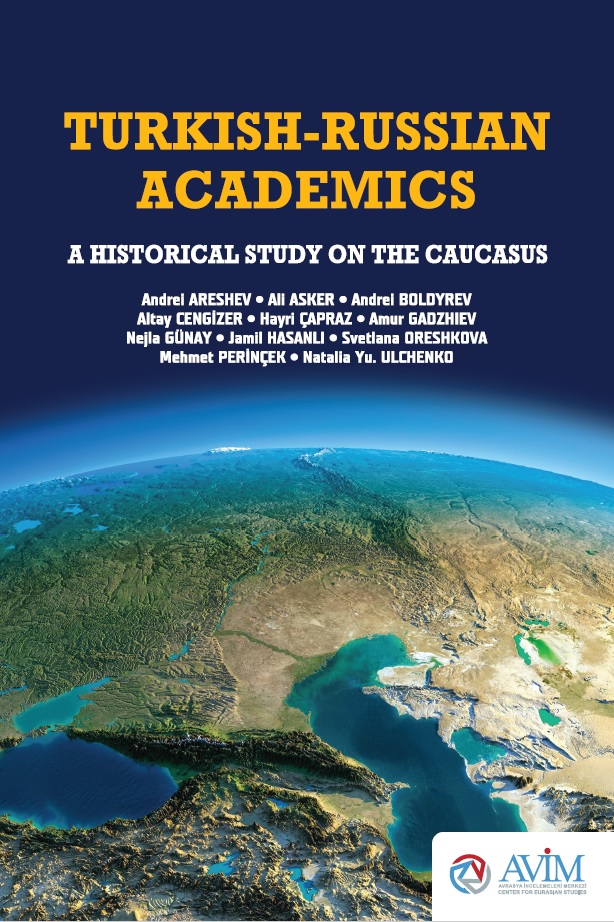
Turkish-Russian Academics: A Historical Study on the Caucasus -
01.07.2016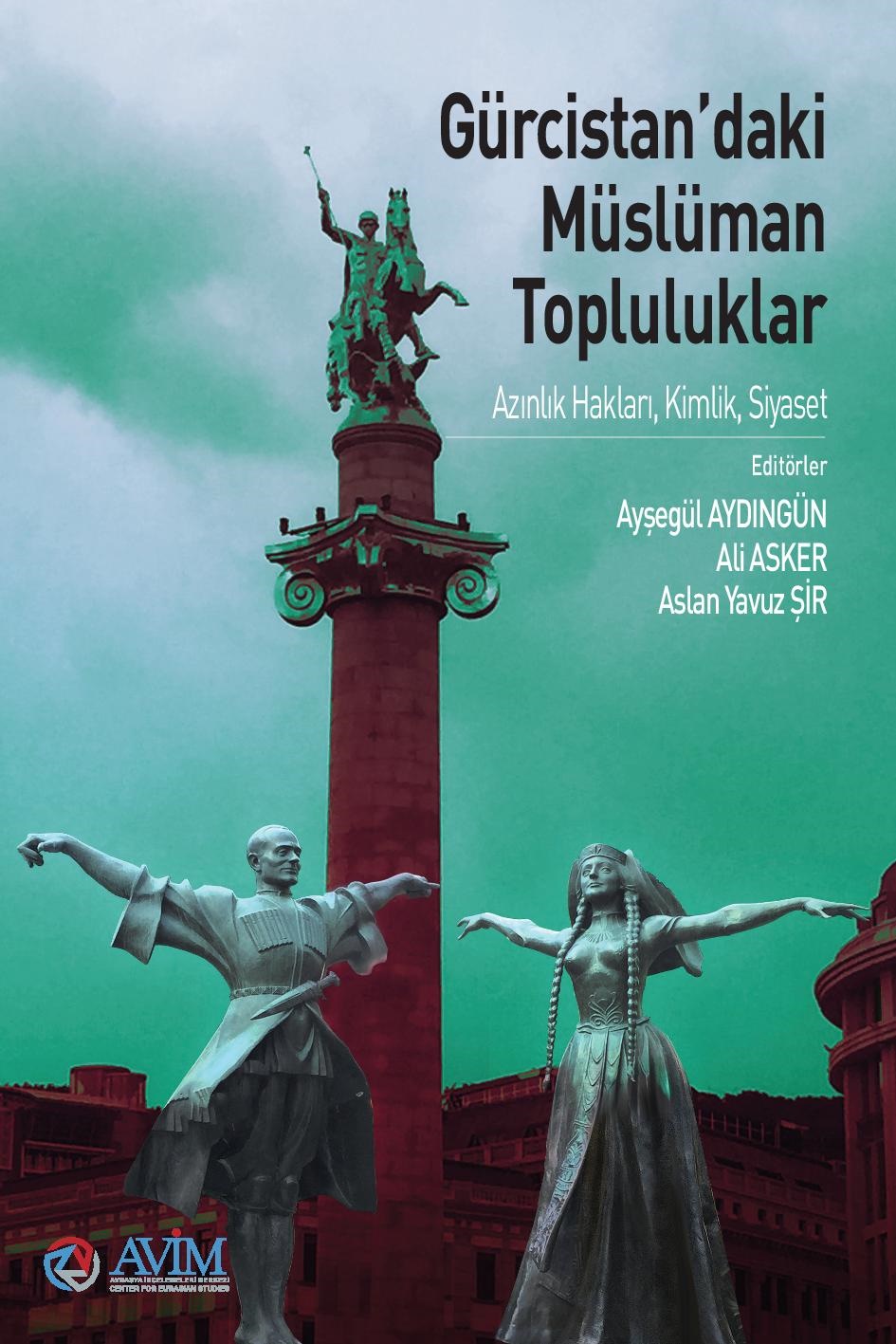
Gürcistan'daki Müslüman Topluluklar: Azınlık Hakları, Kimlik, Siyaset -
10.03.2016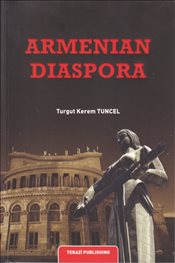
Armenian Diaspora: Diaspora, State and the Imagination of the Republic of Armenia -
24.01.2016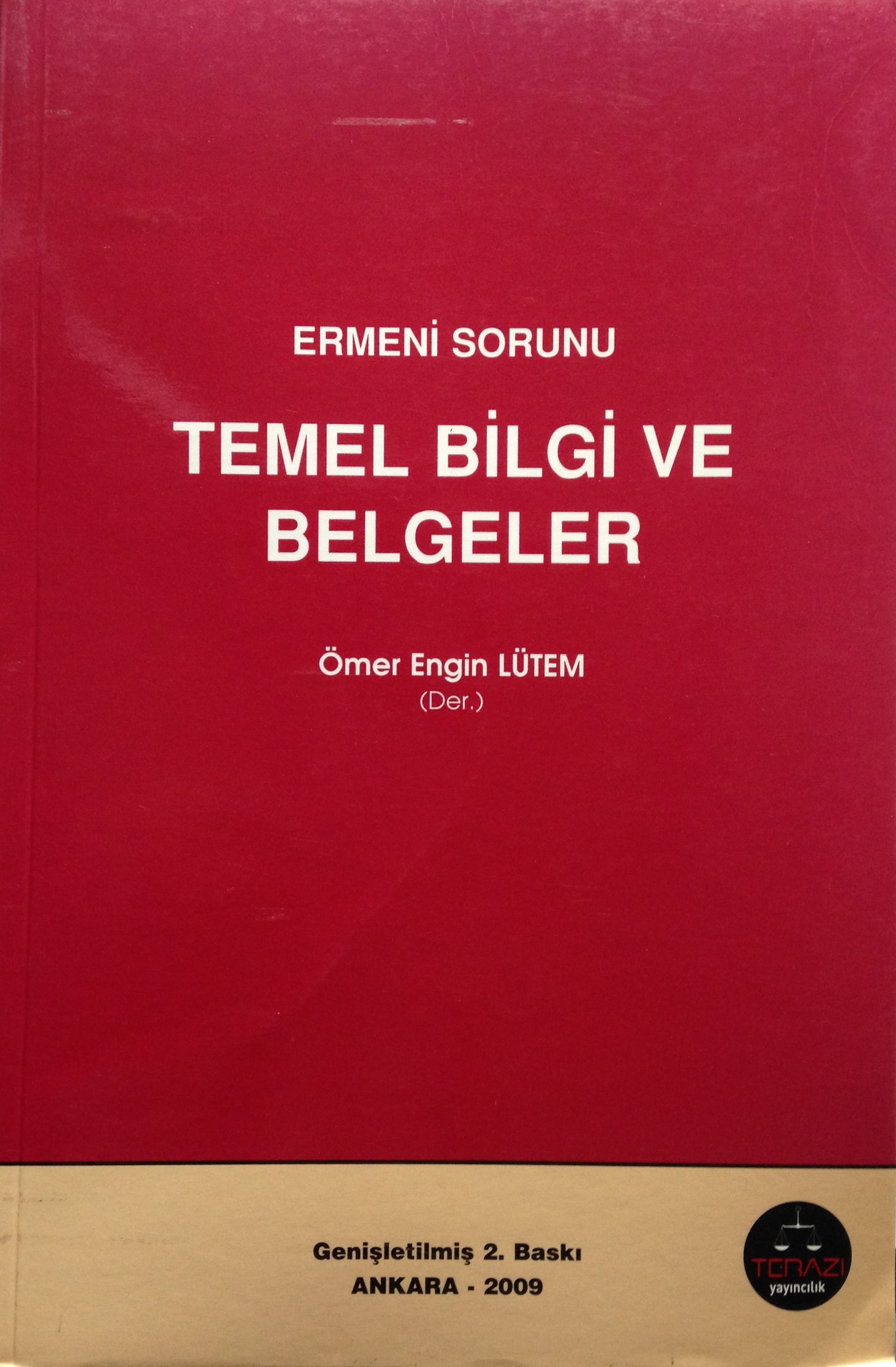
ERMENİ SORUNU - TEMEL BİLGİ VE BELGELER (2. BASKI)
-
AVİM Conference Hall 24.01.2023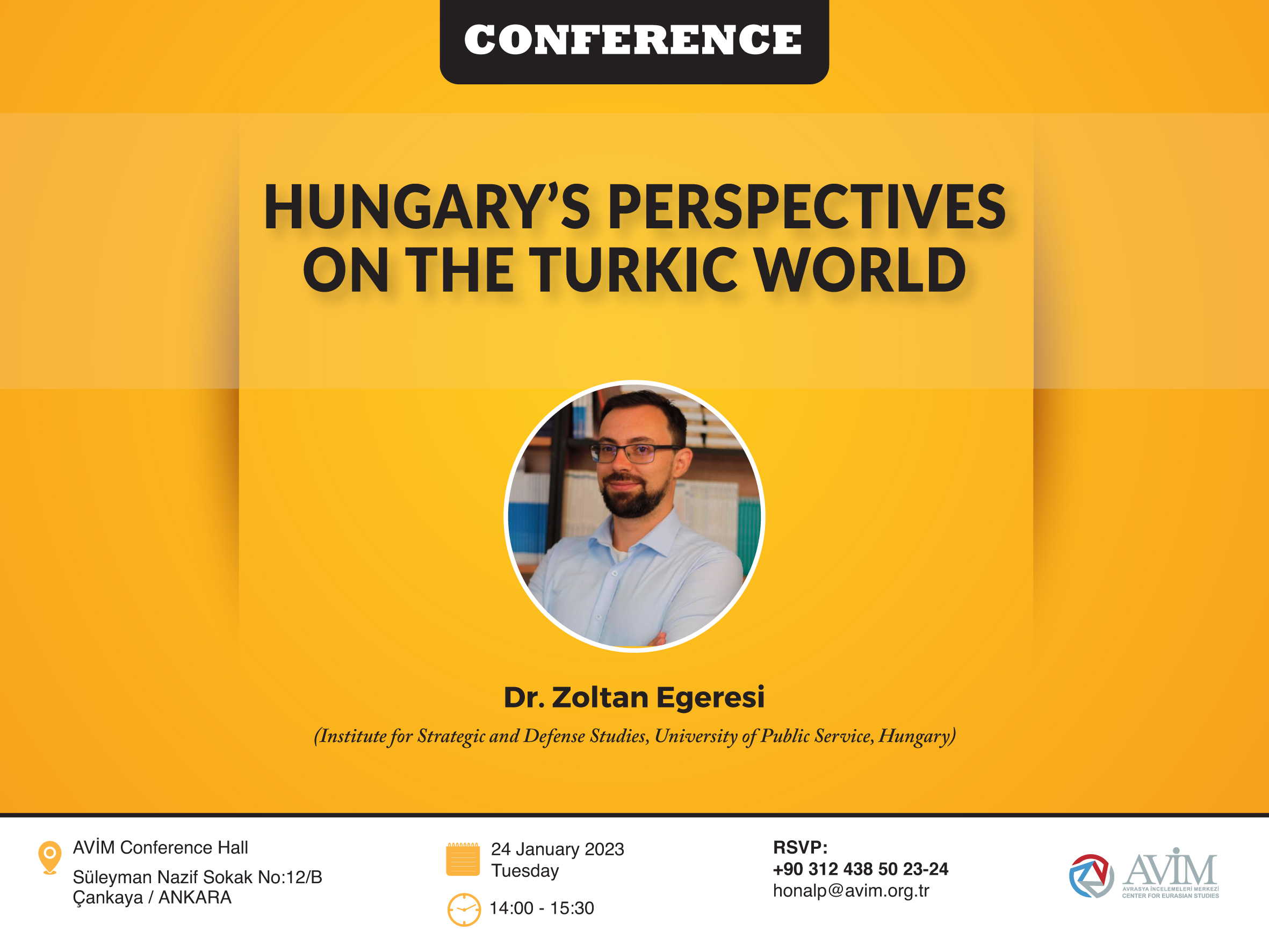
CONFERENCE TITLED “HUNGARY’S PERSPECTIVES ON THE TURKIC WORLD"

